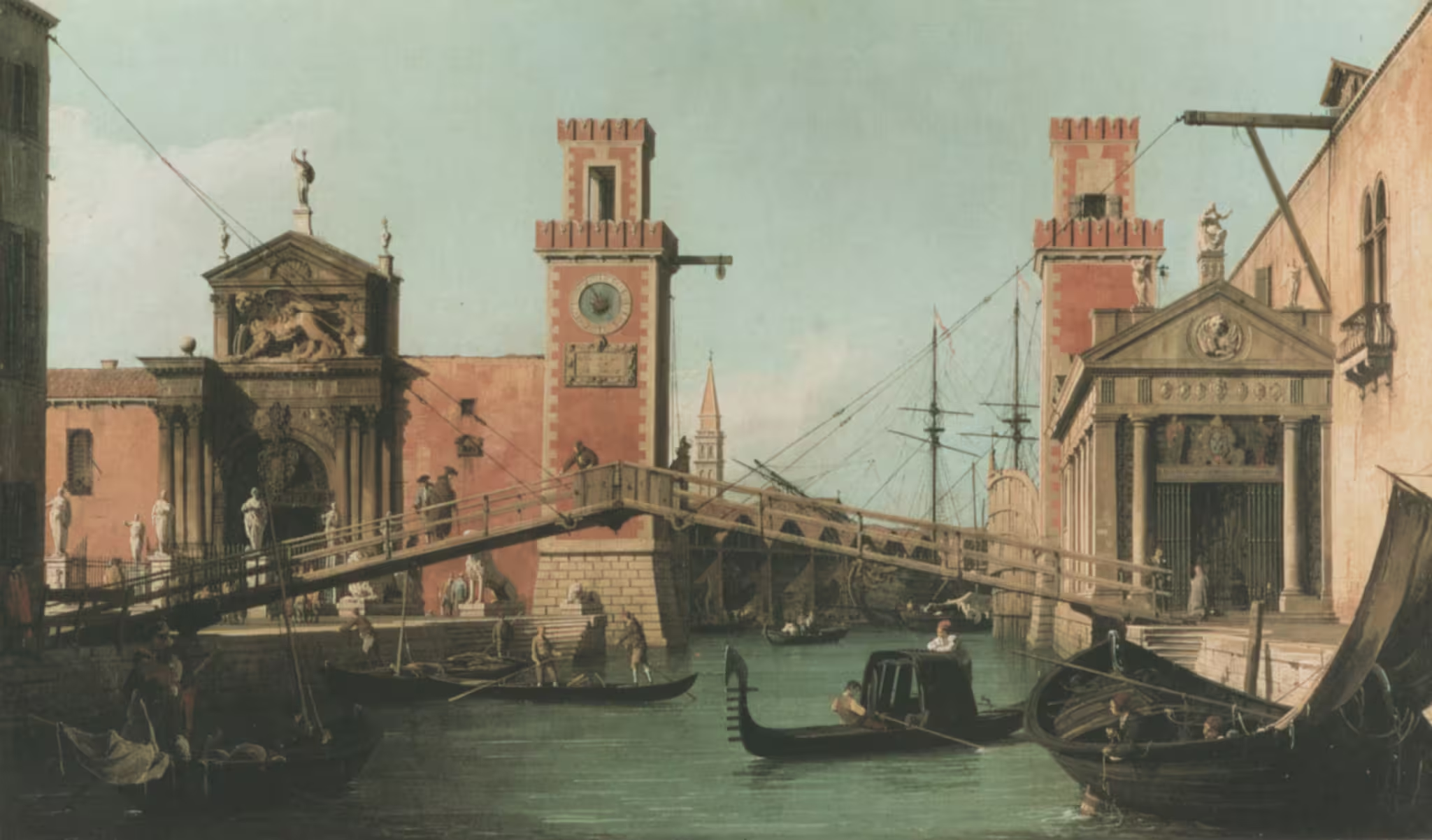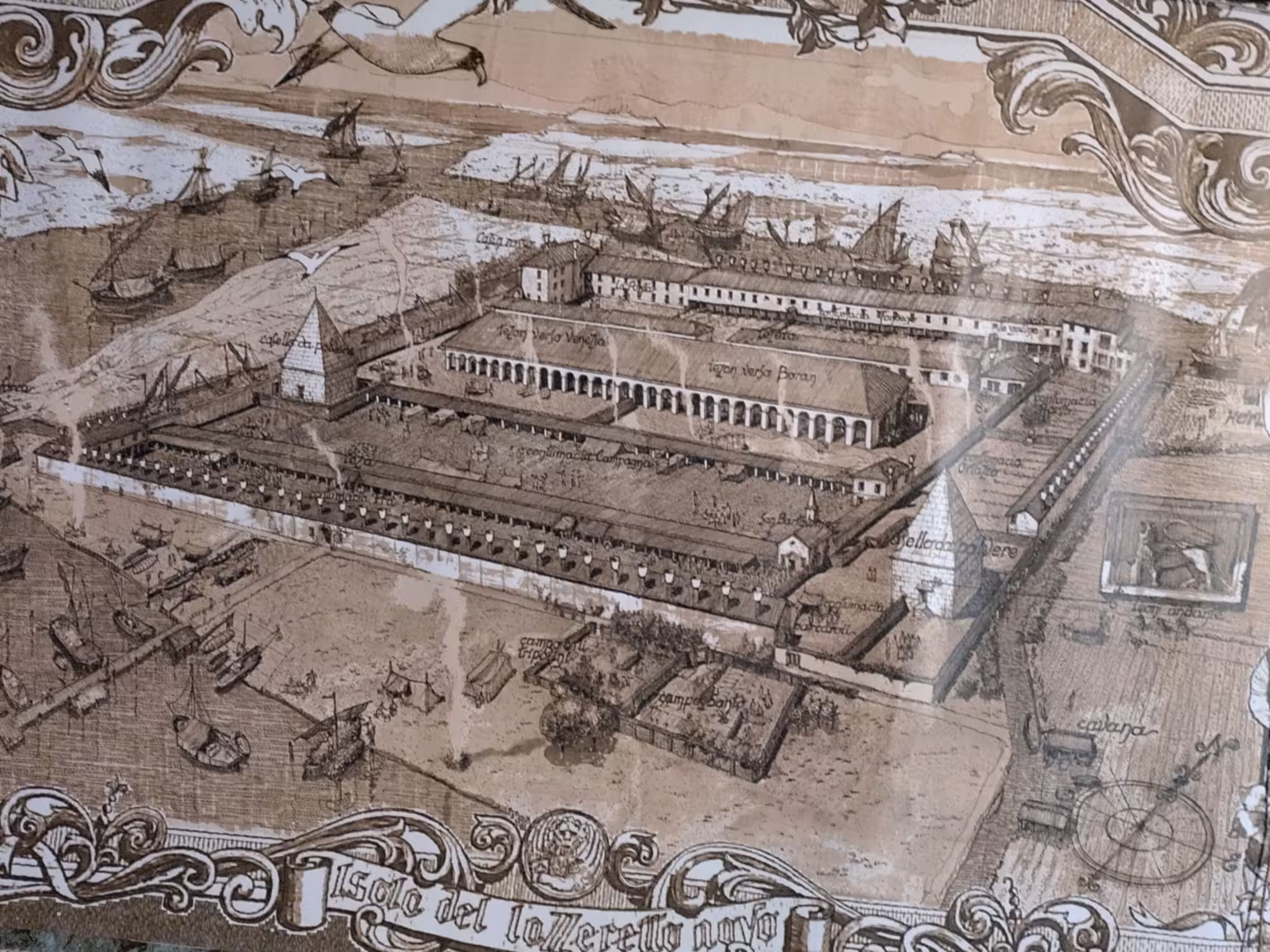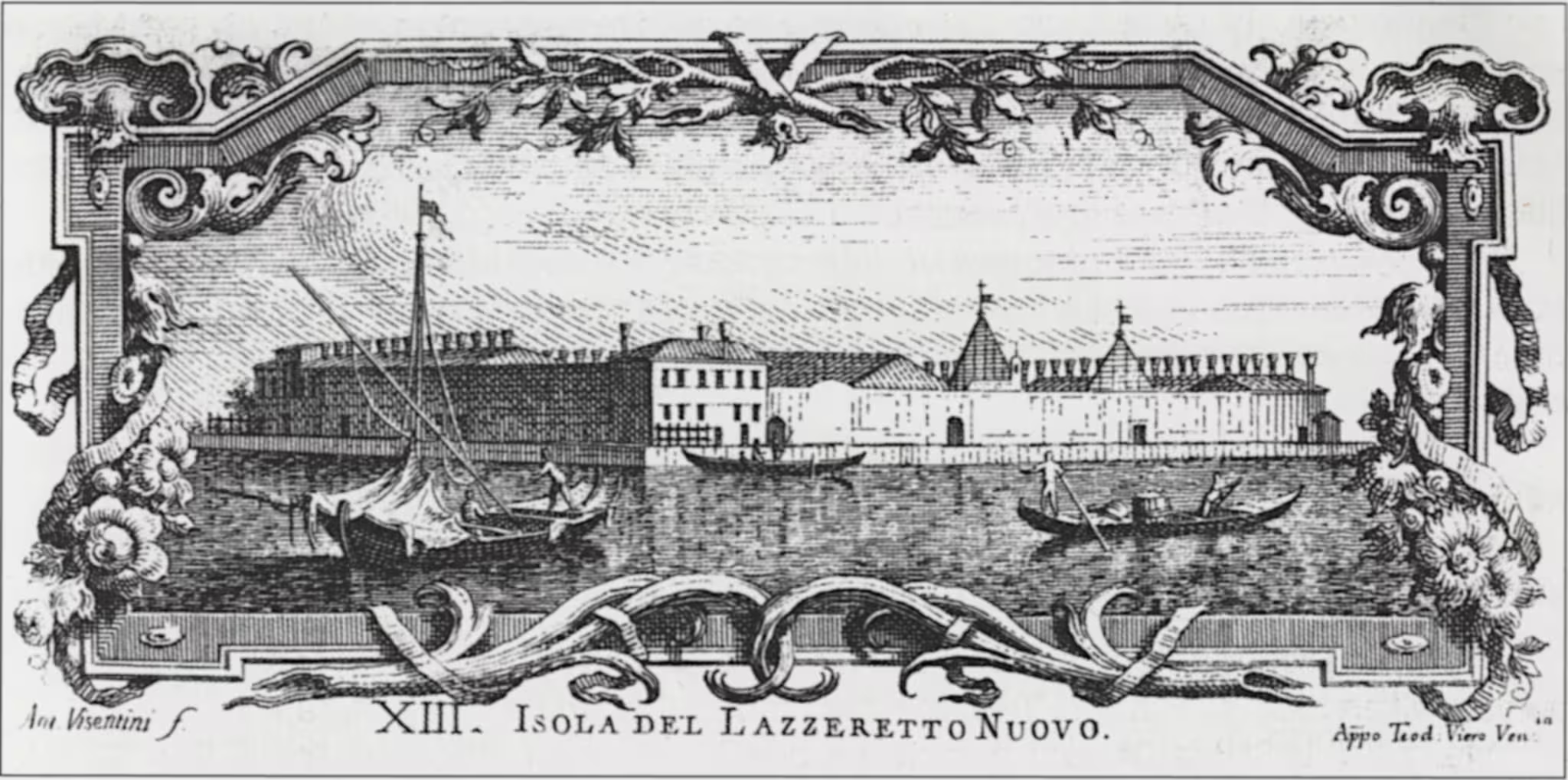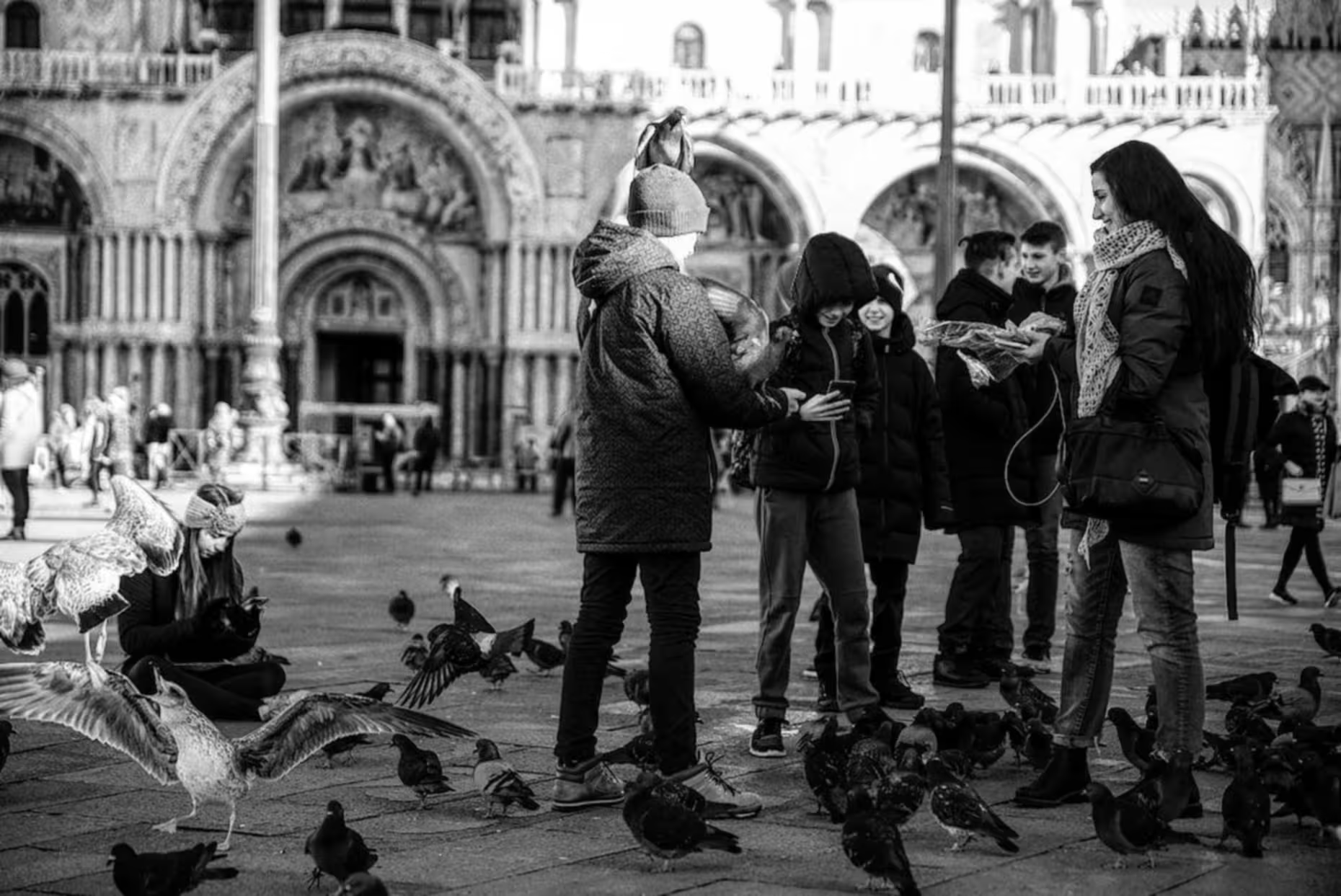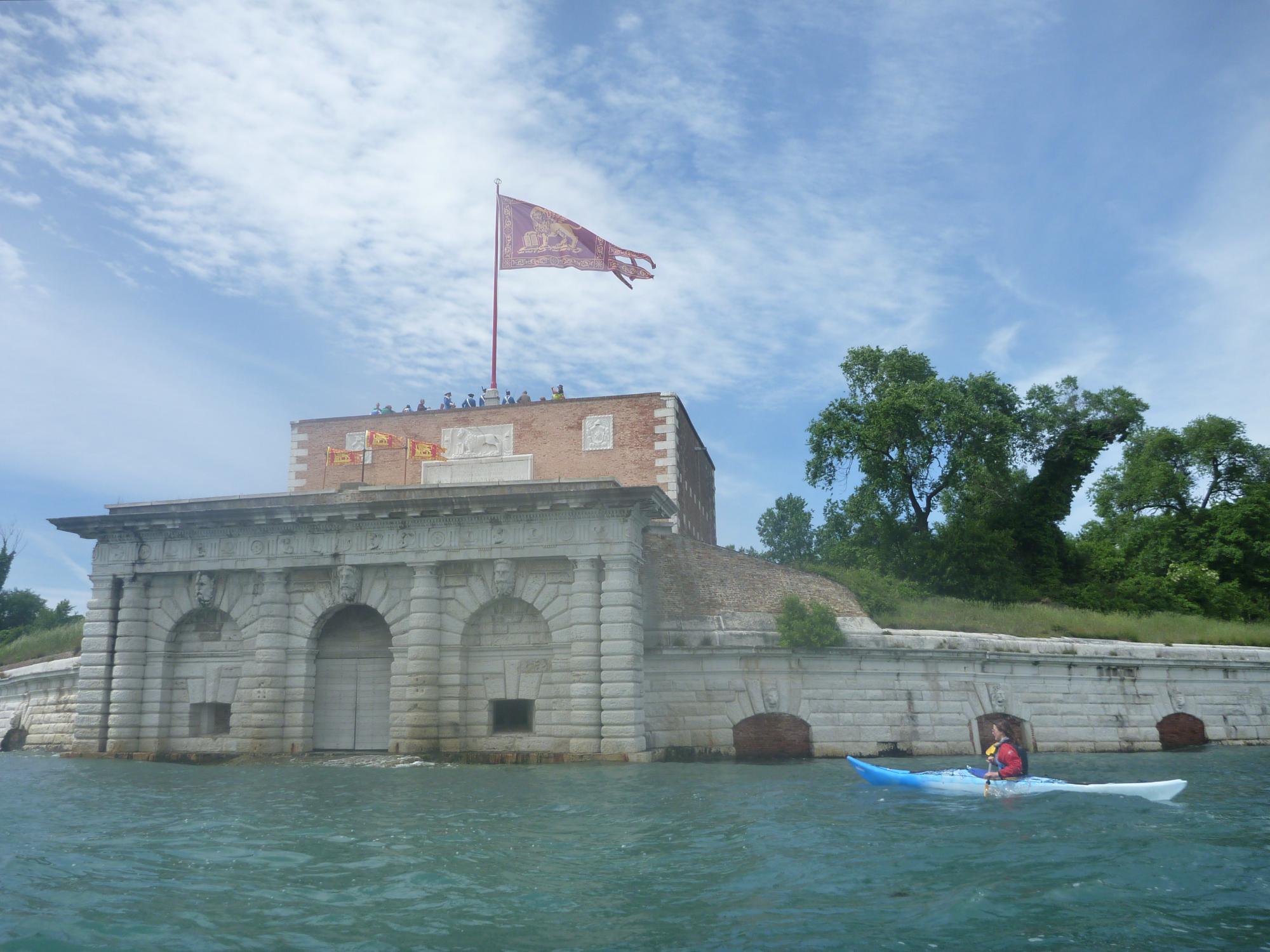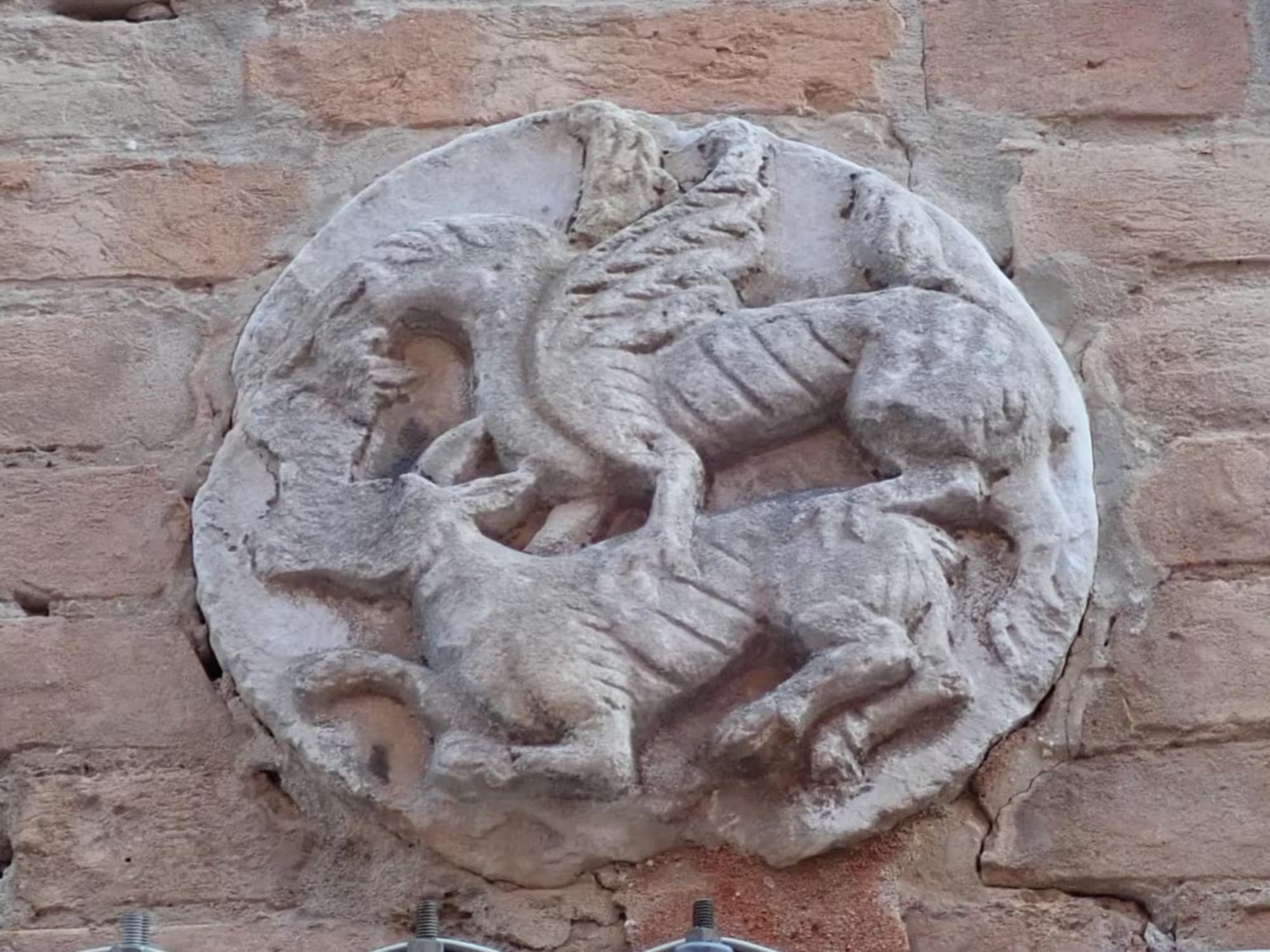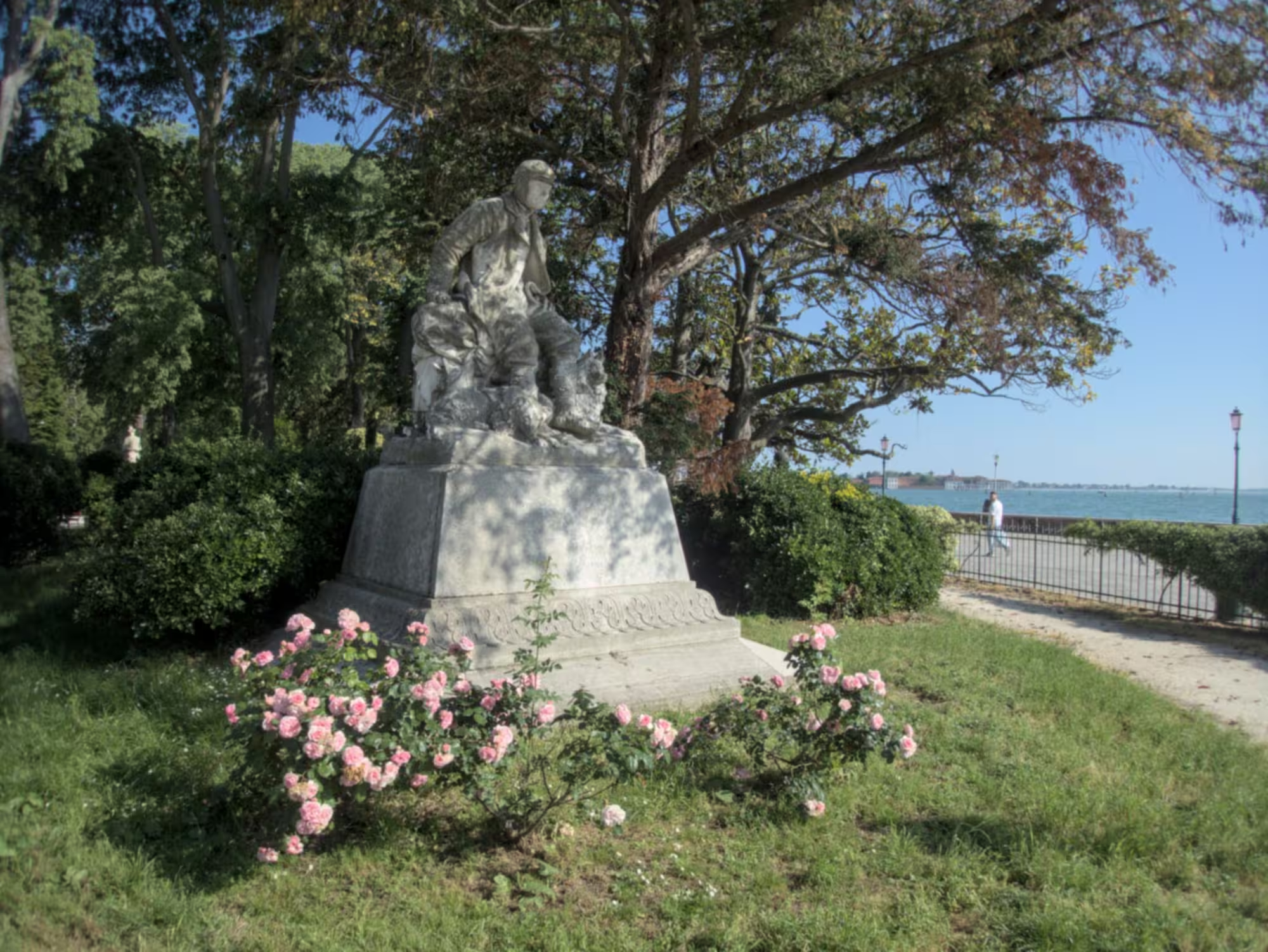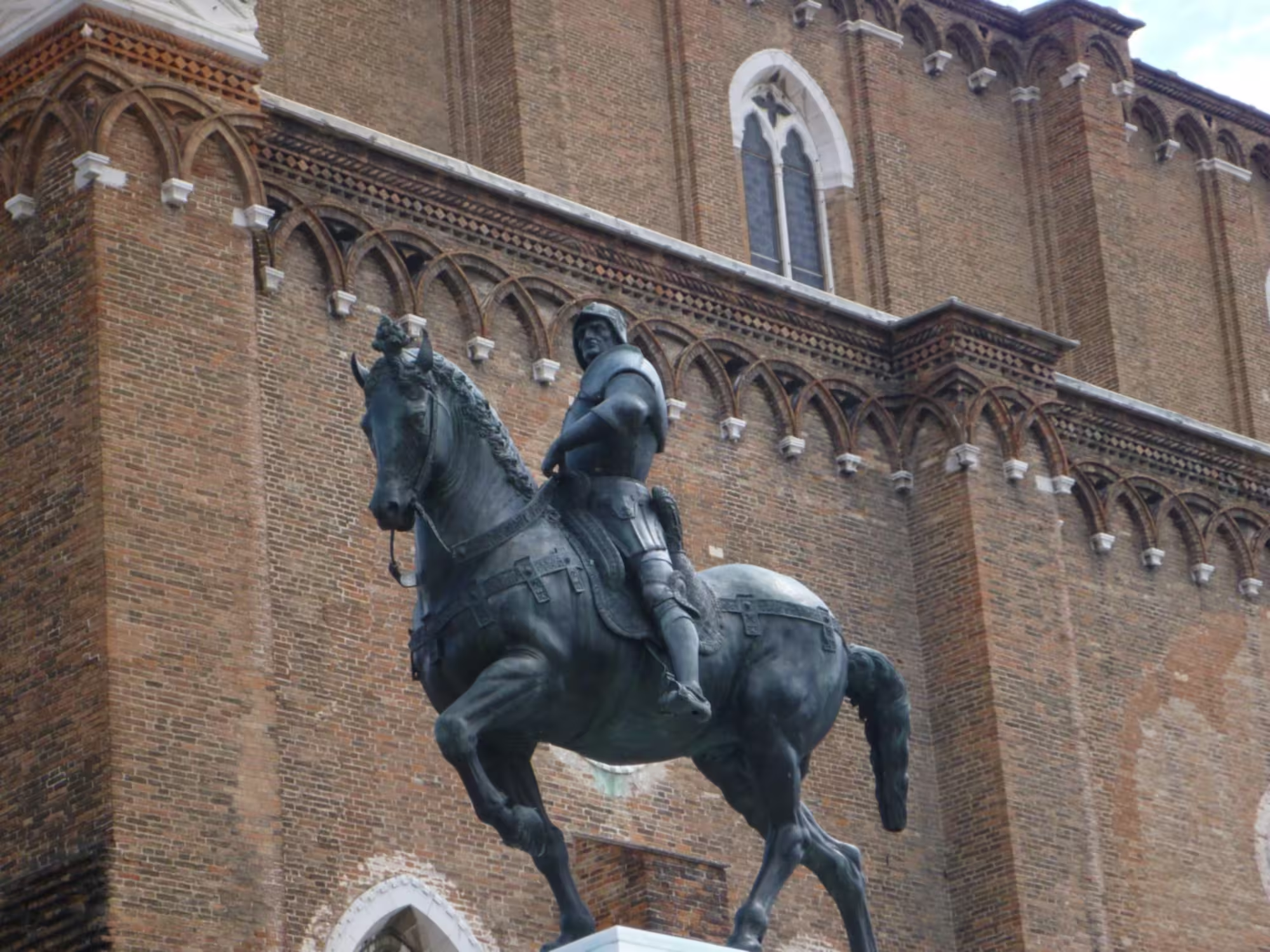Venezia
-
Well, actually
Venice has been described as a city on water without water – still there’s a well in every square and every courtyard
-
Arzanà – Arsenale – Arsenal
The word arsenal came to Europe from Arabic through the Venetian language – from the original meaning of a workplace it became a shipyard
-
A Chronology of the Lazzaretto Nuovo
A chronology of the Lazzaretto Nuovo, the first permanent quarantine station for the bubonic plague in the world, founded in 1468 by the Republic of Venice.
-
Lazzaretto Nuovo – the first quarantine station
The quarantine station on Lazzaretto Nuovo was for three centuries one of the main Venetian defences against the black plague.
-
Why did it take so long?
It took the Venetians almost a century to do something efficient about the black plague – but we haven’t fared much better with climate change.
-
Why is Venice a pedestrian city?
In Venice everybody walks, but why has Venice become a pedestrian city, when it is constructed around canals and boats.
-
Fanti da Mar – a historical re-enactment
The ‘fanti da mar’ were a corps of naval infantry of the Republic of Venice. Today a group of enthusiasts re-enact the ‘fanti da mar’.
-
Paterae – medieval Constantinople in Venice
The paterae in Venice are small round reliefs that are scattered around the city, most of them dating to the medieval period.


